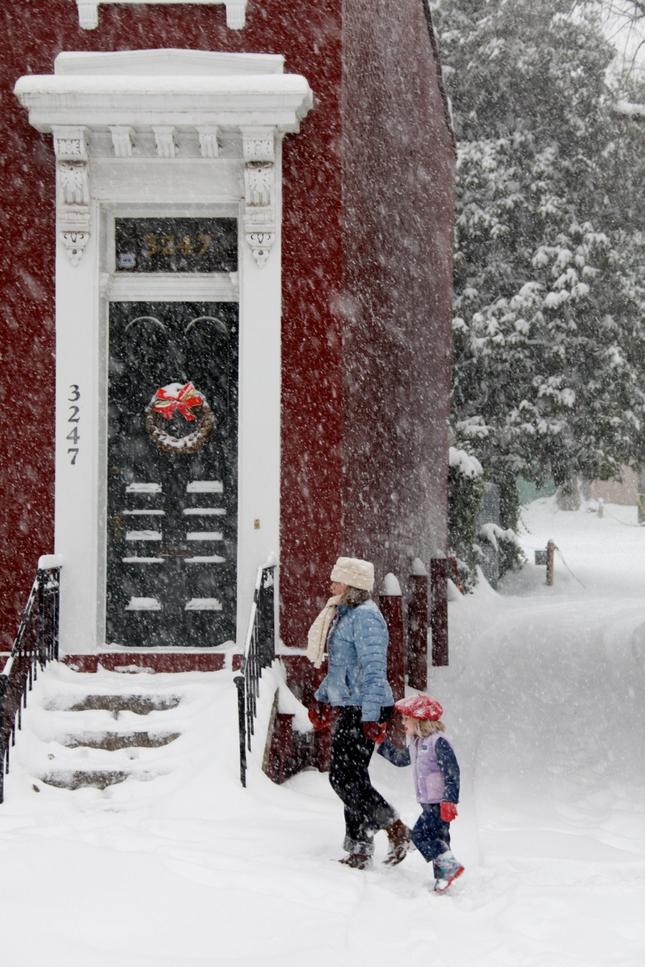Every winter, with the prospect of imminent snow – not to mention wind, cold and ice – people who go to school, run our schools and work in our schools go a little crazy.
Gone are the days when hardy kids (according to our grandparents in Idaho) walked at least five miles to school carrying their books and homework across the tundra. Nowadays, school officials avidly watch weather forecasts for the data they need to decide whether to close schools, call a two-hour delay or stay open.
As far as we can tell, it’s a crapshoot.
The last big brouhaha came several weeks ago, when local weather folks predicted the possibility of an inch of snow (maybe) or a little more at worst. We got three inches. Some schools and parents were blindsided and buses had a heck of a bad time on slippery roads. Officials who opted for their schools to open were roundly criticized and weather forecasters had egg – or snow – on their faces.
Later, when another storm was predicted, some school districts erred on the side of caution. They closed, but very little snow showed up (down?). They, too, were roundly criticized.
Weather forecasting remains an imprecise science. And on television it is as much a show as a vital source of information. Weather people on television love a certain amount of drama. They get excited about snow. It’s like a 50-car pileup for traffic reporters.
The TV talk hypes “possible” snow accumulation and plays on our memories of blizzards past, such as 2010’s Snowmageddon (or was it Snowpocalypse?).
That little note of anxiety coming from the various “Storm Centers” can panic school officials and make them jump the gun – or wait until the last minute, which means teachers have to get up early to find out if they’re going in late.
The decision to close or not to close, to open on time, late or not at all, isn’t an easy one. There’s more to it than trusting your favorite meteorologist. It’s not just about the commute to work for teachers, but also about whether it’s safe for buses on the rarely plowed back roads to get to freezing children waiting at bus stops. There are issues of black ice and extreme cold to consider.
Plus, schools are sometimes in the middle of testing periods, which are difficult to reschedule. And a heavy accumulation of snow days can lead to a backlog at the end of the school year.
But not every storm is a crisis, or a Perfect Storm. In the end, for both weather forecasters and school officials, it’s a judgment call. Let’s not make it sound so much like the Last Judgment.





